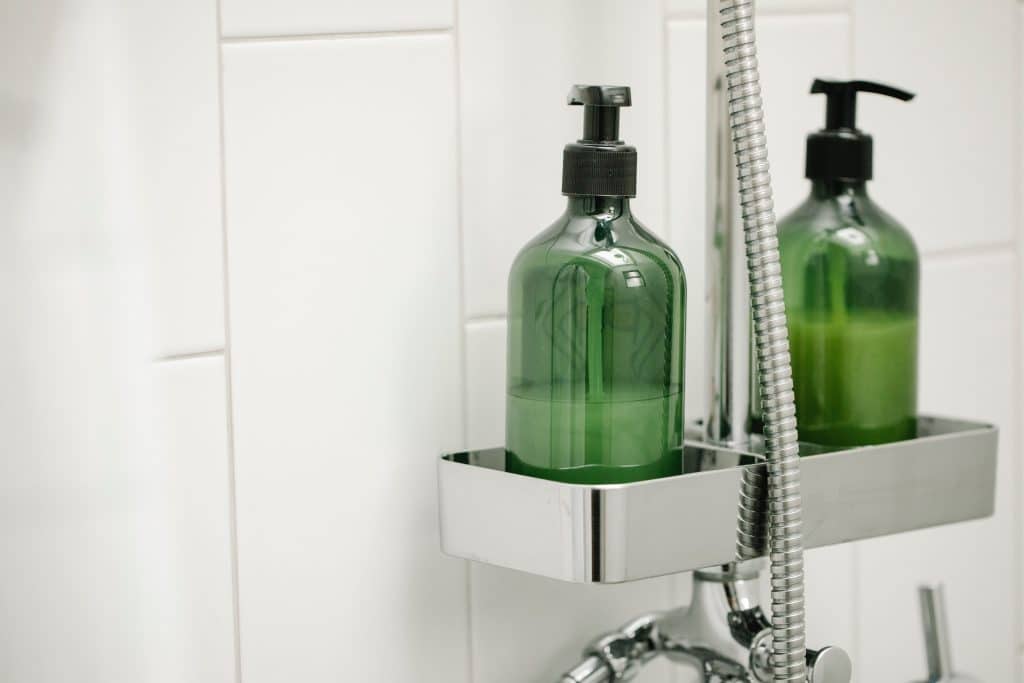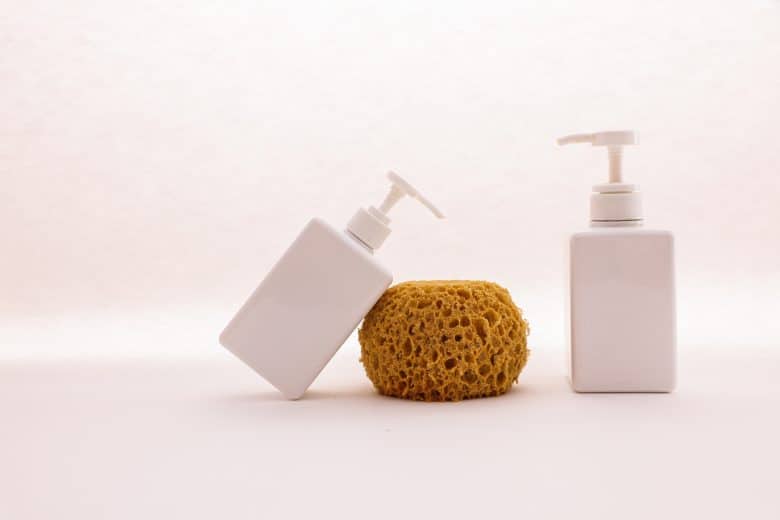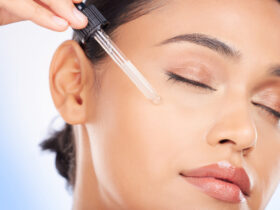If you care about the health of your hair, you’re going to need a quality Shampoo Set to keep your mane shining. However, it can be a confusing process to shop for shampoo.
There are countless brands and products out there, with a bunch of varying ingredients in each one. Walking around your local beauty store, you’ll see tons of different labels, from “hydrating” to “strengthening” to “soothing.” Where do you even start?
Finding a shampoo set is one of the first steps in achieving healthy, full hair. If you’re looking for some guidance in your hair care journey, we’re here to help!
Identifying Your Scalp Type
Before you go out and start buying random products, it is essential to identify your scalp type. Just like in hair care and skin care, there are several different categories of scalps.
Some people have oily scalps. Others have dry scalps. Then, there are those with sensitive and itchy scalps.
Before you buy a single product, you need to decide what category your scalp falls under. Your hair type is a major indicator of your scalp type. For example, if you have oily hair, chances are that you have an oily scalp as well.
Here are some additional tips you can use to identify your scalp type: if your scalp feels tight or itchy after washing your hair (or in general), then you probably have a dry scalp. On the other hand, if you have an oily scalp, your scalp is more likely to feel moist and look shiny.
There are also those who don’t fit neatly into one of these categories. If you are experiencing symptoms of multiple scalp types, you should visit a dermatologist to provide a clearer evaluation of your scalp.
Different types of shampoos have different cleansing abilities. If you fail to consider these factors, you may end up using a product that does more harm to your scalp than good.

Treating Oily Scalps
If you have an oily scalp, it can be difficult trying to find a shampoo that is strong enough for you. You’ve probably already sifted through hundreds of moisturizing and soothing shampoos on the market can be frustrating.
You may have even tried to wash your hair more. At the end of the day though, you need the right shampoo to treat your oily scalp.
In general, you should avoid shampoos that are hydrating, moisturizing, smoothing, or considered good for curly hair. These types of shampoos tend to be too moisturizing for oily scalps.
Instead, look for shampoos that are volumizing, strengthening, or balancing. These types of shampoos are non-moisturizing and help remove excess oil from the scalp.
Clarifying shampoos may also help reduce oil in your scalp. Just be careful when using these products, as they can dry out your scalp. Though it may seem like drying your scalp is a good thing, it can actually stimulate your scalp to produce more oil.
Another tip for those with oily scalps is to use two different shampoos to target different needs. Use one product to target the oils in your scalp, and use the other product to cleanse beneath the roots.
This method of washing your hair is similar to double-cleansing your face. Make sure to massage the shampoos into your scalp for a few minutes. Rinse thoroughly.
Treating Dry Scalps
Now, let’s talk about shampoos for scalps that are dry, itchy, or flaky. Typically, for dry scalps, you should look for shampoos that are moisturizing, hydrating, smoothing, or good for curls.

Living with a dry scalp can be extremely uncomfortable. Your shampoo should provide relief from your symptoms. If your scalp doesn’t feel significantly better after washing it, it may be time to find a more supportive shampoo.
Stay away from shampoos that contain sulfates, which can be very drying to the hair and scalp. Also make sure that you’re consistently washing your hair. Even if your scalp feels dry, it is important to keep your scalp clean and free of bacteria.
How to Identify Your Scalp Type
To find out what your scalp type is, you need to observe how your scalp feels after washing it. If it feels tight or itchy, that may be a sign that you have a dry scalp. If it feels moist and looks shiny, you likely have an oily scalp.
If you have dandruff, you can also tell what your scalp type is by analyzing the flakes in your hair. For people with oily scalps, their dandruff will look clumped together. On the other hand, people with dry scalps will have dandruff that is more spread apart.














Leave a Reply